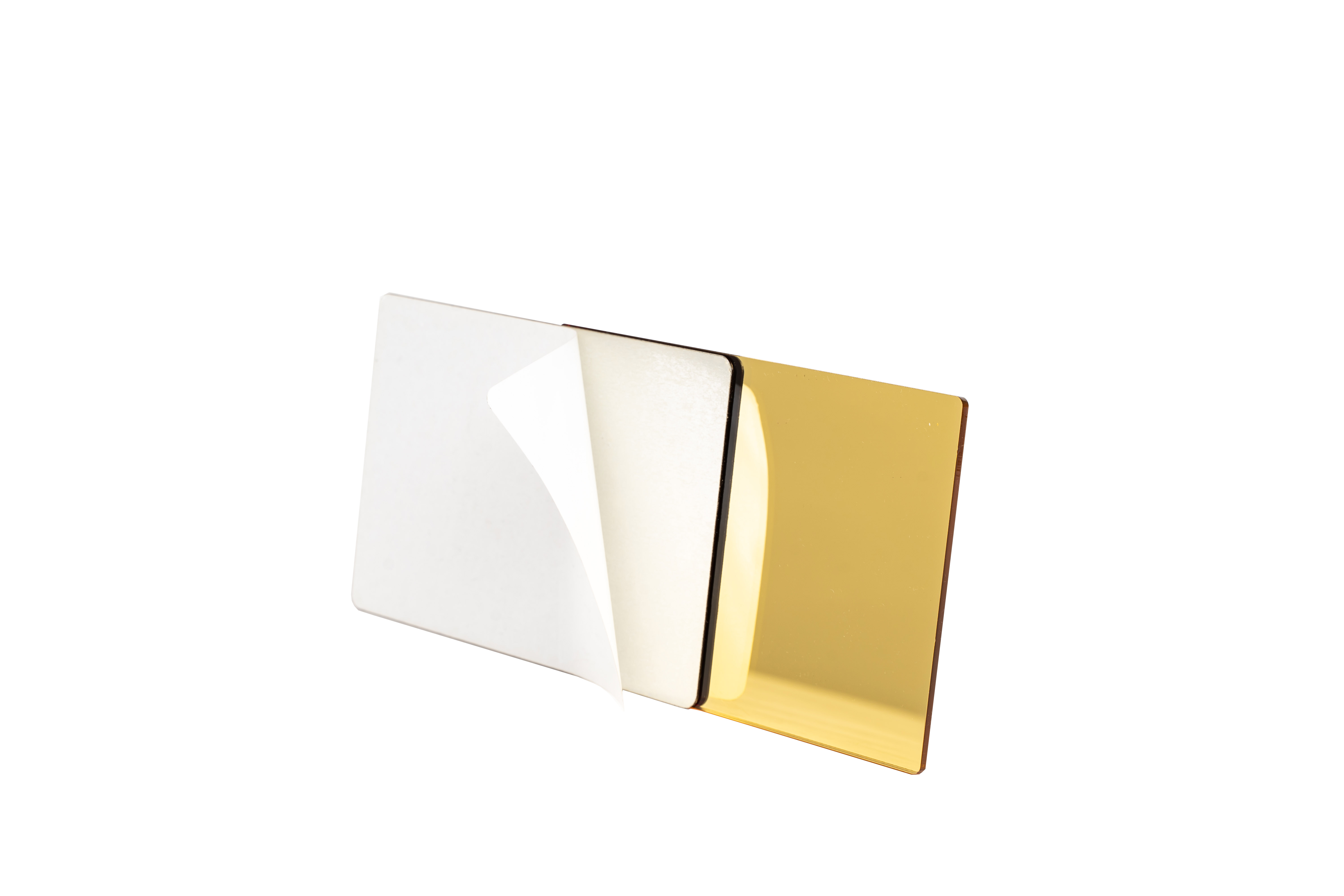Understanding Modern Mirror Solutions for Contemporary Spaces
The evolution of interior design has brought forward innovative materials that challenge traditional solutions, and nowhere is this more evident than in the mirror industry. The debate between acrylic mirror sheet and traditional glass mirrors has become increasingly relevant for both residential and commercial applications. As designers and homeowners seek safer, more versatile, and cost-effective solutions, understanding the key differences between these materials becomes crucial for making informed decisions.
The rising popularity of acrylic mirror sheet can be attributed to its unique combination of durability, flexibility, and modern aesthetic appeal. Unlike conventional glass mirrors, these innovative alternatives offer distinctive advantages that make them particularly suitable for contemporary design requirements. Let's explore the comprehensive comparison between these two materials to help you make the best choice for your specific needs.
Physical Properties and Durability Comparison
Weight and Installation Advantages
One of the most striking differences between acrylic mirror sheet and traditional glass mirrors lies in their weight characteristics. Acrylic mirrors typically weigh about half as much as their glass counterparts, making them significantly easier to handle during installation. This lightweight nature not only reduces installation costs but also expands mounting possibilities, allowing for creative applications in areas where weight constraints might otherwise be problematic.
The reduced weight of acrylic mirror sheet also translates to lower shipping costs and decreased risk of damage during transit. For large-scale commercial projects or DIY home improvements, this weight advantage can result in substantial cost savings and simplified logistics.
Impact Resistance and Safety Features
When it comes to safety considerations, acrylic mirror sheet demonstrates superior impact resistance compared to traditional glass. Unlike glass mirrors that can shatter into dangerous shards upon impact, acrylic mirrors are virtually shatterproof. This makes them an ideal choice for areas with high traffic or where safety is a primary concern, such as schools, gyms, or children's rooms.
The enhanced durability of acrylic mirrors also means they can withstand considerable stress without breaking, making them suitable for environments subject to vibration or movement. This resilience translates to longer-lasting installations and reduced replacement costs over time.
Optical Properties and Visual Performance
Reflection Quality and Clarity
Traditional glass mirrors have long been praised for their superior optical clarity and perfect reflection properties. However, modern acrylic mirror sheet technology has evolved significantly, offering remarkably high-quality reflective surfaces that rival traditional glass in many applications. While slight variations may exist, the reflection quality of premium acrylic mirrors can satisfy even the most demanding aesthetic requirements.
The optical properties of acrylic mirrors can actually surpass glass in certain situations, particularly in environments where distortion-free reflection is crucial. The material's uniform composition ensures consistent reflection across the entire surface, without the potential for the slight waviness sometimes found in glass mirrors.
Light Transmission and Efficiency
Acrylic mirror sheet offers excellent light transmission properties, making it particularly effective in applications where maximizing natural light is important. The material's ability to transmit light while maintaining reflective properties creates interesting design possibilities that aren't achievable with traditional glass mirrors.
This unique characteristic makes acrylic mirrors especially valuable in architectural applications where both reflection and light transmission are desired. Designers can create fascinating effects by strategically placing acrylic mirrors to enhance spatial perception while maintaining optimal lighting conditions.
Environmental Factors and Maintenance
Weather Resistance and Durability
The performance of acrylic mirror sheet in various environmental conditions sets it apart from traditional glass mirrors. Acrylic mirrors demonstrate exceptional resistance to UV radiation and weather exposure, making them suitable for both indoor and outdoor applications. Unlike glass mirrors, which may deteriorate when exposed to moisture or extreme temperature variations, acrylic mirrors maintain their appearance and functionality across a broader range of conditions.
This weather resistance makes acrylic mirrors particularly valuable for outdoor installations, pool areas, and other challenging environments where traditional glass mirrors might be prone to degradation or require frequent replacement.
Cleaning and Long-term Care
Maintaining acrylic mirror sheet is generally simpler and more straightforward than caring for glass mirrors. The material's resistance to scratching and staining means that regular cleaning requires only mild soap and water, without the need for harsh chemical cleaners that might damage the surface.
However, it's important to note that specific cleaning techniques should be employed to preserve the optimal condition of acrylic mirrors. Using soft, non-abrasive cloths and avoiding ammonia-based cleaners will help maintain the mirror's appearance and extend its lifespan.
Cost Analysis and Value Proposition
Initial Investment Considerations
When evaluating the cost of acrylic mirror sheet versus glass mirrors, it's essential to consider both the initial purchase price and the total cost of ownership. While acrylic mirrors may have a slightly higher upfront cost in some cases, their durability and reduced installation expenses often result in better long-term value.
The lightweight nature of acrylic mirrors also contributes to cost savings in shipping and handling, making them an economically attractive option for large-scale projects or installations in remote locations.
Long-term Economic Benefits
The durability and longevity of acrylic mirror sheet often translate into significant long-term savings. Their resistance to breakage reduces replacement costs, while their low maintenance requirements minimize ongoing expenses. Additionally, the material's versatility allows for creative applications that might otherwise require costly custom glass solutions.
For commercial applications, the reduced liability risk associated with shatterproof acrylic mirrors can also contribute to lower insurance costs and improved safety ratings.
Frequently Asked Questions
How long does an acrylic mirror sheet typically last?
With proper care and maintenance, an acrylic mirror sheet can last for many years, typically 10-15 years or more in indoor applications. The longevity largely depends on environmental conditions and maintenance practices, but their durability often exceeds that of traditional glass mirrors in challenging environments.
Can acrylic mirror sheet be cut to custom sizes?
Yes, acrylic mirror sheet can be easily cut to custom sizes using appropriate tools and techniques. Unlike glass mirrors, which require professional cutting, acrylic mirrors can be modified on-site with the right equipment, offering greater flexibility in installation and design applications.
Are acrylic mirrors suitable for bathroom installations?
Acrylic mirror sheet is well-suited for bathroom installations due to its moisture resistance and fog-free properties. However, proper ventilation and mounting techniques should be employed to ensure optimal performance in high-humidity environments.

